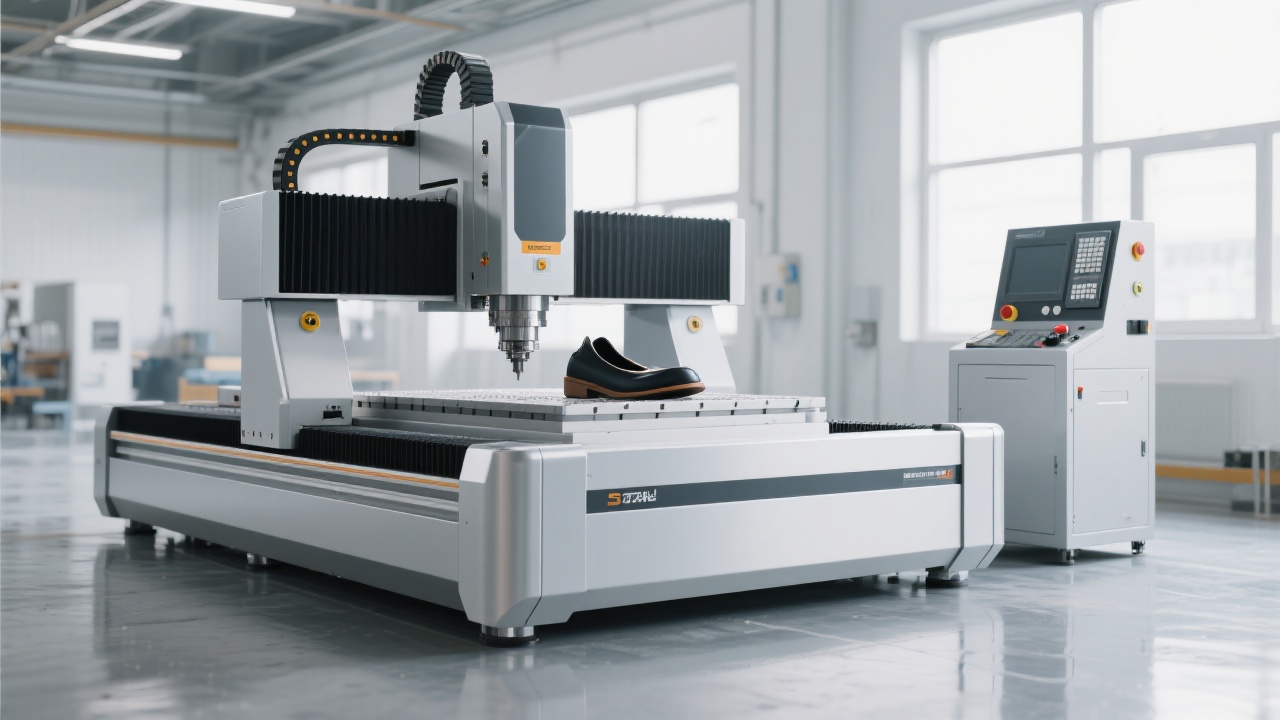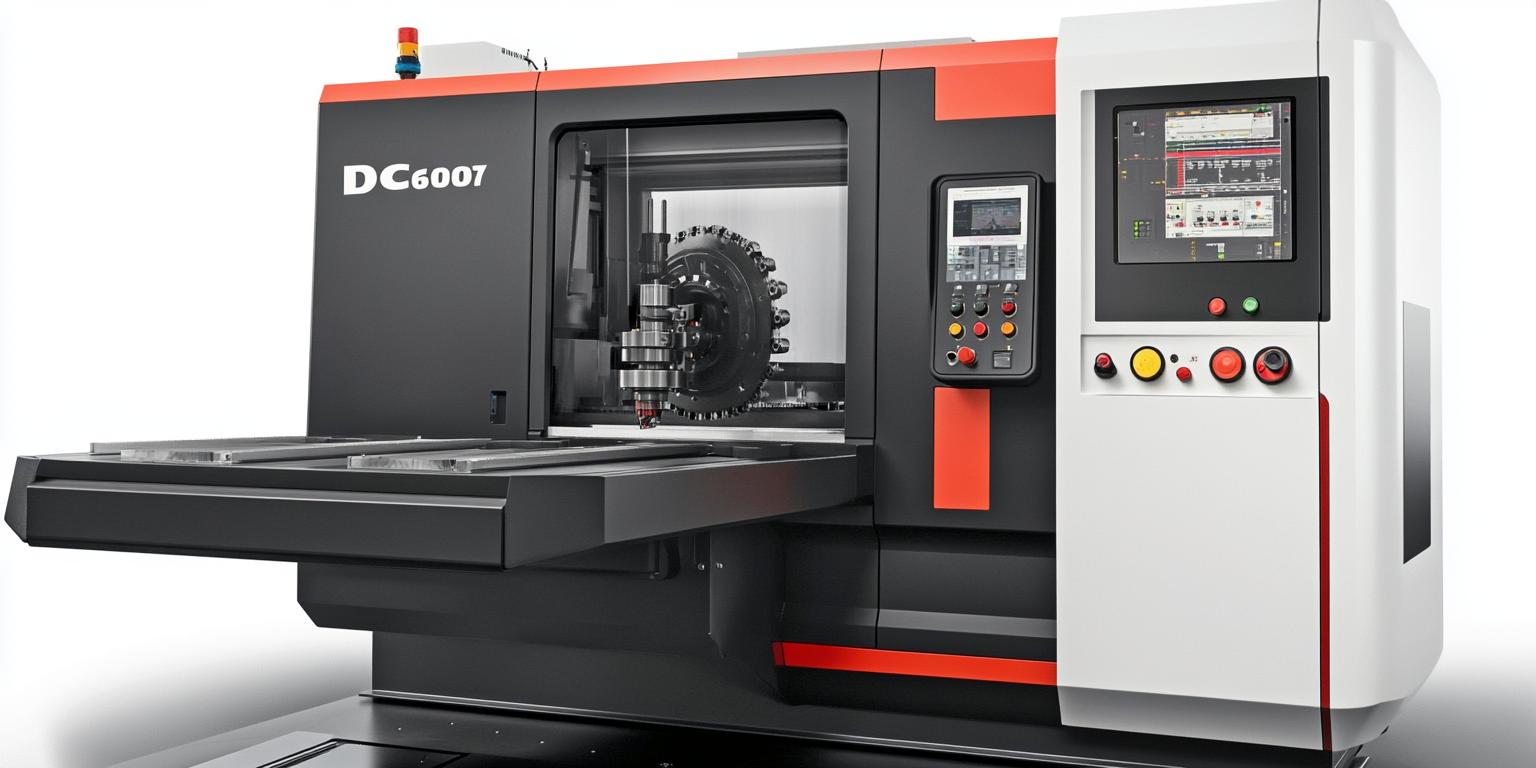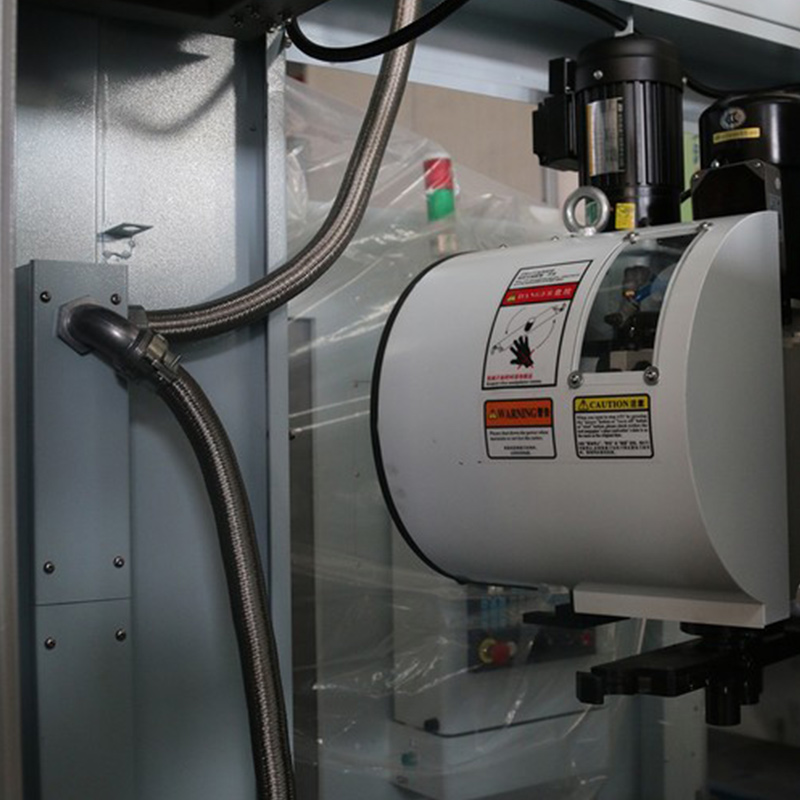
In the evolving landscape of shoe mold manufacturing, achieving top-tier productivity while maintaining machining stability is paramount. One pivotal factor influencing operational success is the choice of automatic tool changer (ATC)—specifically the tool magazine type. Among various configurations, the arm-type tool magazine has emerged as a preferred solution over the traditional drum-type—especially under demanding high-speed, high-precision processing conditions.
Frequent tool changes are a norm for shoe mold milling machines, given the multi-step machining intricacies. Industry data indicate that tool change delays can consume up to 12-15% of total CNC machine runtime, directly impacting throughput and delivery schedules. These unplanned stoppages, often caused by unstable tool holding or mechanical hiccups during rapid swaps, translate to tangible revenue loss and increased labor overheads.
Addressing this problem requires selecting a tool magazine system optimized for speed and stability, minimizing mechanical vibrations and ensuring consistent tool positioning. This is where the arm-type tool magazine outperforms the drum-type.
The drum-type tool magazine features a rotating cylindrical body holding tool pockets in a radial arrangement. It is typically simpler and compact but tends to exhibit mechanical vibration and inertia issues at high rotational speeds, adversely affecting tool-change precision.
By contrast, the arm-type magazine consists of an articulated robotic arm that retrieves tools from a stationary rack and transfers them to the spindle. This mechanical decoupling of storage and spindle positioning drastically reduces inertia impact and vibration.

In high-speed contexts exceeding 6000 RPM, arm-type tool magazines maintain stable positioning within ±0.005 mm, whereas drum-type mechanisms often struggle beyond ±0.01 mm precision, risking tool collision and machining defects.
Fine-tuning the automatic tool change process involves several critical parameters:
180°/s for arm-type magazines to minimize transfer time without sacrificing positional accuracy.300-500 N to securely clamp varying tool diameters, preventing slippage during high-G transfers.
These settings typically reduce tool change times from an average of 10 seconds to under 6 seconds on five-axis shoe mold milling systems—resulting in a 30-40% improvement in changeover efficiency.
| Issue | Cause | Recommended Action |
|---|---|---|
| Tool not gripped securely | Insufficient clamping force or worn grippers | Adjust gripping force; inspect gripper wear and replace if needed |
| Tool position offset exceeding tolerance | Calibration drift or sensor malfunction | Recalibrate tool offsets; verify sensor integrity |
| Arm collision or stuck movement | Path programming error or mechanical obstruction | Review motion path; clear obstacles; update firmware if needed |

Leveraging these troubleshooting insights lowers unexpected downtime by an estimated 25%, allowing smoother continuous production.
If you are a shoe mold production facility aiming to refine your tooling system, understanding the detailed workings of an arm-type automatic tool changer and its advantages is crucial. Implementing optimized ATC parameters combined with proactive fault handling can noticeably boost machine utilization and throughput, helping you stay ahead in competitive markets.
Download the Comprehensive Five-Axis ATC Setup & Optimization PDF Guide Now

